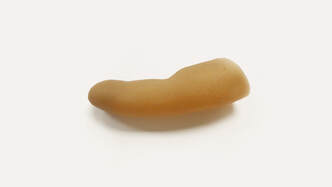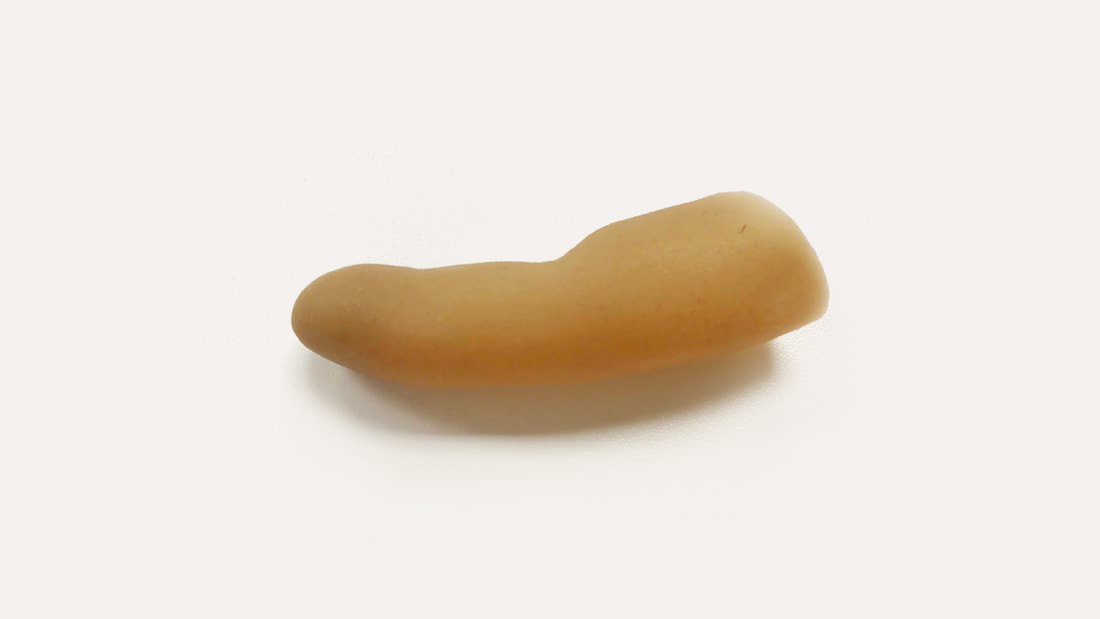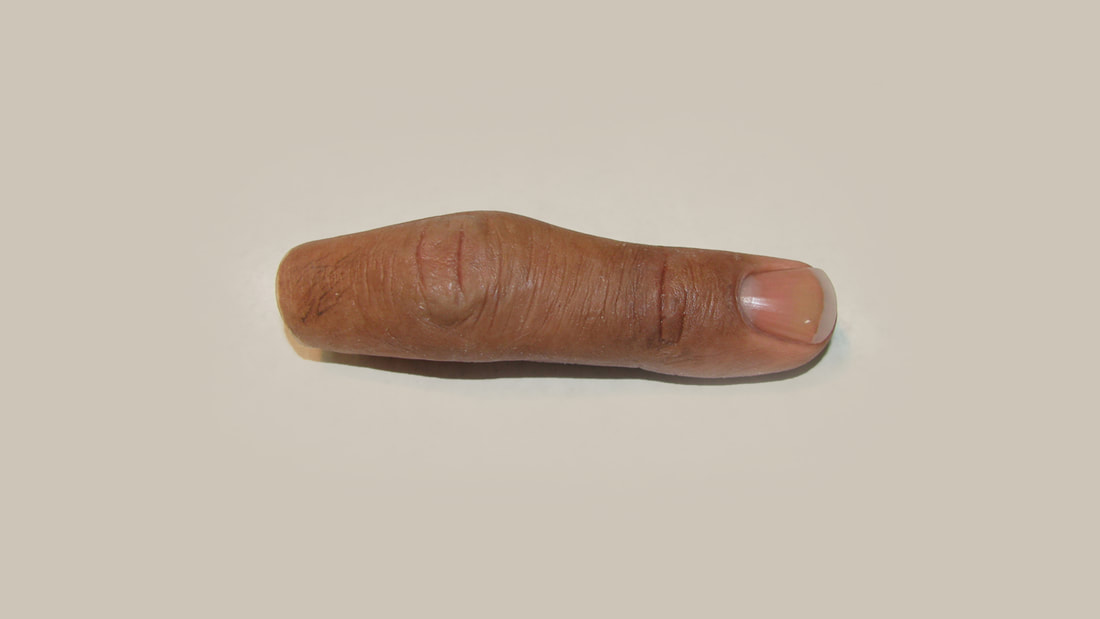|
Let's dive into the transformative world of custom silicone finger prostheses at Functional Restorations. When it comes to finger amputation or loss, the journey is not just physical but also emotional. Let's explore how our prostheses can empower you to resume everyday tasks and rediscover the possibilities that lie ahead. Safety First: The Protection You Need The finger's surgery site is often extremely sensitive, even after it is healed. Our custom silicone finger prostheses act as a shield, providing a protective and comfortable cushioning effect. A single prosthesis often includes multiple types of silicone, each varying in their cushioning properties. We believe that feeling secure is a crucial part of your recovery journey. Natural Extension: Seamlessly Yours Picture a prosthesis that extends from your existing finger, blending in to your own anatomy. At Functional Restorations, we're all about creating prosthetics that feel natural to you. Our goal is to boost your confidence and help you feel at home in your own skin. Getting a Grip on Life: Regaining Control Regaining control over your life is at the heart of our mission. Our prostheses are carefully designed to enhance your grip and dexterity, making everyday tasks a breeze. Whether it's typing, picking up small objects, or performing other fine motor skills, we've got you covered. Emotionally Tailored Realism At Functional Restorations, we recognize that it's not just about physical restoration – it's about getting back to the life you love. Our prostheses offer a range of realism to match your unique preferences and emotional needs. We're here to help you embrace the possibilities, one finger at a time. Ready to Take the Leap?
If you're ready to embark on a journey of rediscovery, reach out to us at 919-802-8020 to schedule a free consultation at our office in Durham, North Carolina. Let's chat about your path to functional and emotionally satisfying finger restoration. Functional Restorations is here to help you embrace the possibilities that await.
0 Comments
Advancements in prosthetic technology are transforming the way we restore not just visual symmetry but also biomechanical functionality. At Functional Restorations, we understand that achieving the perfect fit in a custom silicone partial foot prosthesis goes beyond visual restoration. In this blog, we delve into the significance of ensuring an optimal fit through the use of diagnostic sockets, the integration of orthopedic corrections, and the biomechanical considerations that shape our approach. The Role of Diagnostic Sockets A diagnostic socket serves as the foundation for creating a customized silicone partial foot prosthesis. This crucial step involves evaluating not only the visual symmetry but also the functional aspects such as fit, ankle alignment, and energy return. At Functional Restorations, our commitment to precision starts at this stage, where we carefully assess the biomechanics of the patient to ensure a seamless integration with their unique gait requirements. Integrating Orthopedic Corrections Our focus extends to integrating orthopedic corrections into the prosthetic design. This innovative approach addresses not only the appearance of the prosthesis but also supports the patient in achieving improved alignment, balance, and overall functionality. By considering the orthopedic needs of each individual, we enhance the overall effectiveness and comfort of the prosthetic device. The Finishing Touch
Once proper fit and function are achieved at the diagnostic socket stage, we progress to the finishing stage. Depending on the desired level of realism, this could involve a single pigment color match or the meticulous hand sculpture and painting of an extremely realistic final prosthesis. Our attention to detail ensures that the prosthesis meets the functional and emotional needs of the user. Recently, we were thrilled to take part in an another in-person collaboration with Bio-Tech Prosthetics & Orthotics in Durham, North Carolina. Anaplastology, a specialized branch of prosthetics, involves high-detail prosthetic restoration of missing anatomy. Anaplastologists are skilled in obtaining accurate impressions and fine-detail positive models of the affected residuum, which can help to ensure the best outcome in the final fitting of the PIPDriver, MCPDriver, and ThumbDriver by Naked Prosthetics. In essence, an anaplastologist's input is a valuable resource in the production of body-driven functional finger prostheses.
With therapy and increased use, we anticipate the patient's grip strength to increase and for him to achieve more fluid and effective movements of his prosthesis. Naked Prosthetics offers a unique prosthetic option that allows for body-driven active function after finger amputation. The devices have come a long way. Their design is sturdy, streamlined and easy to articulate. For these devices, 'function' is the focus, rather than 'realism'. It is possible, however, to address both of these needs in a single case. In this case, the patient also received a high realism custom silicone finger, which he wears for more social and casual events. The silicone finger offers passive function only - providing protection, restored extension and proprioception. Virtual and in-person consultation is a great way for prosthetists to collaborate with us and, to that end, offer more options to their patients. To learn more, contact: David Robinson, CCA, CPed
|
AuthorFunctional Restorations Archives |
|
|
Functional Restorations LLC offers custom silicone and 3D printed prosthetic restoration to individuals with anatomical loss, or deficiency, of the hands, feet, breast, and face. With decades of experience, we combine digital design, orthopedic know-how, and anaplastology to create each prosthesis we design. 1200 Broad Street, Suite 108 Durham, NC 27705 By Appointment Only Phone: (919) 802-8020 Fax: (919) 251-9275 [email protected] All images copyright 2023 Functional Restorations |














 RSS Feed
RSS Feed